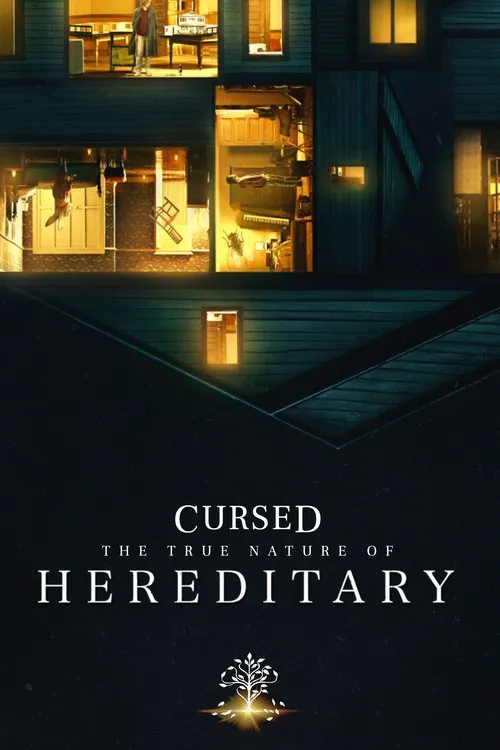Cursed: The True Nature of Hereditary

Plot
Cursed: The True Nature of Hereditary is a behind-the-scenes featurette that offers a unique glimpse into the making of Ari Aster's critically acclaimed 2018 horror film, Hereditary. The 16-minute documentary provides insight into the director's creative process, shedding light on how he transformed a character-driven family drama into a masterclass in psychological terror. The featurette begins with an interview with Ari Aster, who explains that the initial script for Hereditary was a conventional family drama, centered around the complexities of a dysfunctional family. However, Aster's vision for the film evolved over time, influenced by his own experiences with grief, trauma, and family dynamics. He cites films such as The Exorcist, Rosemary's Baby, and The Shining as influences, explaining how these horror classics have become ingrained in our collective cultural psyche. As the featurette delves deeper into the production process, we see how Aster's creative team brought his vision to life. Production designer Jade Healy shares her approach to designing the Paimon's temple and the family's sprawling, labyrinthine home, explaining how she used a combination of practical and CGI elements to create the film's unsettling atmosphere. The featurette also focuses on the performances of the cast, particularly Toni Collette, who delivered a tour-de-force performance as Annie Graham, the matriarch torn apart by her family's dark secrets. Collette discusses her experience working with Aster, describing the director's meticulous attention to detail and his emphasis on capturing the nuances of her character's emotions. One of the most striking aspects of the featurette is its exploration of the themes that underpin Hereditary. Aster reveals how the film's script was influenced by his own experiences with family dynamics, as well as the concept of inherited trauma. He explains how he drew inspiration from real-life events, such as the work of psychologist Robert Jay Lifton, who wrote about the effects of trauma on families. The featurette also delves into the world of folk horror, a genre that Aster cites as a key influence on Hereditary. He discusses the film's use of pagan and occult imagery, as well as its exploration of the tensions between individuality and the pressures of family conformity. The result is a film that is both deeply unsettling and profoundly thought-provoking. Throughout the featurette, Aster's collaborators offer insight into the director's approach to storytelling, highlighting his meticulous attention to detail and his emphasis on creating an immersive atmosphere. The camera work, sound design, and editing all come together to create a sense of disorientation, as if the viewer is trapped in the Paimon's temple, surrounded by the Graham family's dark secrets. As Cursed: The True Nature of Hereditary draws to a close, it becomes clear that Hereditary is no ordinary horror film. Rather, it is a cinematic experience that lingers long after the credits roll, leaving the viewer haunted by the darkness that lurks at the heart of every family. The featurette serves as a testament to Aster's mastery of the genre, offering a glimpse into the creative process behind one of the most influential horror films of the past decade. In the end, Cursed: The True Nature of Hereditary is a fascinating examination of the making of a horror classic. Through interviews with the cast and crew, as well as behind-the-scenes footage and concept art, the featurette offers a unique insight into the creative process behind Hereditary. As a result, fans of the film will find themselves eager to revisit the world of the Graham family, while newcomers will gain a deeper understanding of the complex themes and influences that underpin this masterpiece of modern horror.
Reviews
Recommendations



